wwkirk
Divine
As earlier posts have noted, the Smithsonian and other institutions are alleged to possess a number of skeletons of giants.There's several videos about giants in the link.
7 proofs that giants roamed the Earth - Strange Sounds
As earlier posts have noted, the Smithsonian and other institutions are alleged to possess a number of skeletons of giants.There's several videos about giants in the link.
7 proofs that giants roamed the Earth - Strange Sounds
It's a giant cover-up.As earlier posts have noted, the Smithsonian and other institutions are alleged to possess a number of skeletons of giants.
There’s a mini war of sorts underway in New Zealand over … giants! A reporter for Radio New Zealand (RNZ) has brought to light a hunt that has been underway for some time for evidence of giants that the searchers believe lived on the island prior to the Polynesians who arrived between 1250 and 1300 and developed the Māori culture. The group calls itself Tangata Whenua (Māori for “people of the land”) and, according to its website, has been secretly digging (often at night) a cave or tunnel since 2016 in the Waikato region in northern New Zealand for evidence of the 8-foot tall giants that they believe have been found before in 16 locations. The website states that the group knows of four of these sites and, earlier this month, they found what they claim is part of a femur from what would have been a being 7’10” to 8’4″ tall and lived 2500 years ago. (You can read the account and see a photo here.)(The world will) now never know for sure if this cave was filled by hand specifically to hide some fourteen 8’+ pre-Polynesian skeletons.
But after viewing photos and a video of the bone, multiple experts told RNZ it likely belonged to a moa.

Along with the warning that a reiki aura or shield is protecting the cave, Davidson also gave out her twitter and email addresses for his supporters to send their responses – supporters whose numbers he claims have risen since she broke the story.Be aware that a Reiki protection is on the cave dig and has been since the start too. It has made it,s [sic] presence felt on at least two occasions to great benefit in fact. Abuse it in anyway and there will be a ‘ result ‘ ! I have no control over this so all your choice!
It does really highlight what some New Zealanders think, in terms of pre-Māori conspiracy theories, with really racist undertones. It’s not grounded in fact, so people should be aware.





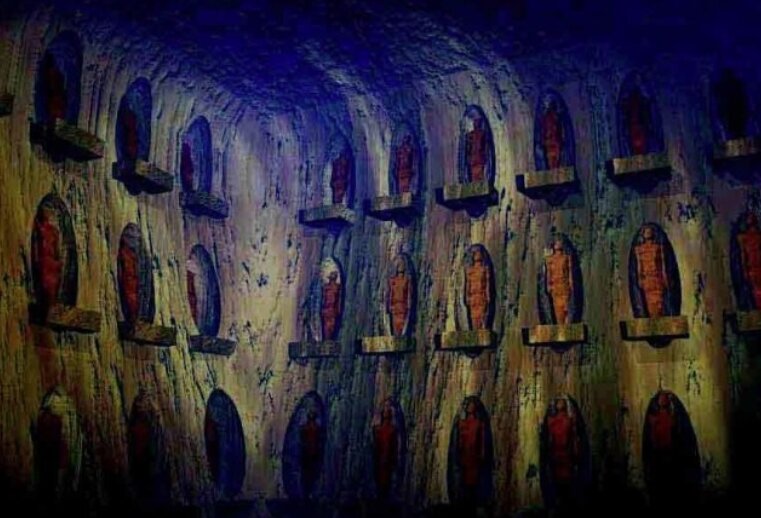

Marvelous legend, but unconfirmed. Not surprisingly, the Smithsonian dismisses it.An Underground Ancient City Full Of Giant Skeletons Was Found In The Grand Canyon
In case you didn’t know by now, back in the early 20th century a group of archaeologists just randomly stumbled upon the gate to an ancient underground city in the Grand Canyon which was filled to the brim with giant skeletons. Back on April 5th, 1909, the Gazeta de Arizona actually brought attention to this discovery, stating that this discovery may actually bring in some insight as to the cyclopean proportionated civilization that must have lived in the Grand Canyon in ancient times.
View attachment 10957
GE Kinkaid is the explorer they named as the discoverer of a massive underground citadel on the Colorado River and they even mentioned how he was supported financially by the Smithsonian Institution all along. They had only uncovered the entrance at the time, but according to them the whole tunnel that they came upon here extended for over 1,600 meters underground. The entrance in itself was also over 450 meters underground and although he wanted to get the word out, he was banned from doing so as the area was instantly taken over by the government.
View attachment 10956
He mentioned in the article how the architecture in itself was out of this world and how the central axis of the whole city was made to be inhabited by Giants, not normal-sized humans, to say the least. Inside of this city, they actually came across several 2,74 meters tall Giants, and although he did declare that he snapped several pictures of them they were taken by the governmental figures there. At the end of the entrance, they actually came across a massive statue of what must have been their idol which was supposedly tens of meters long.
View attachment 10958


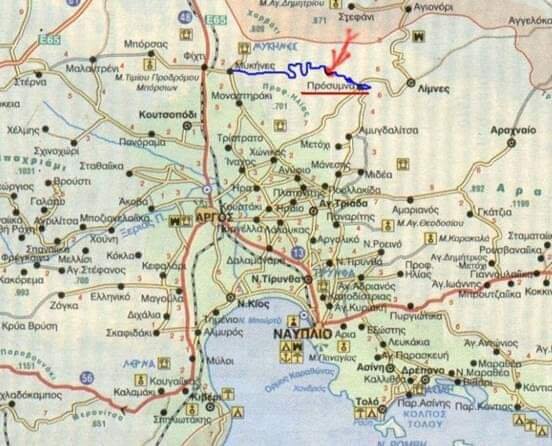
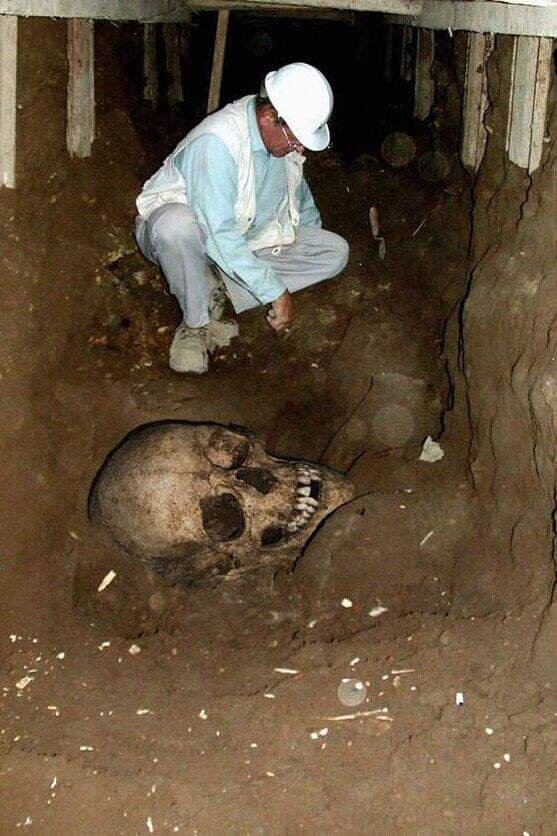
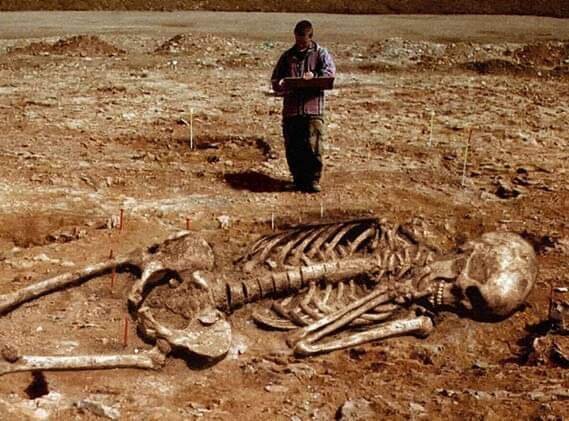
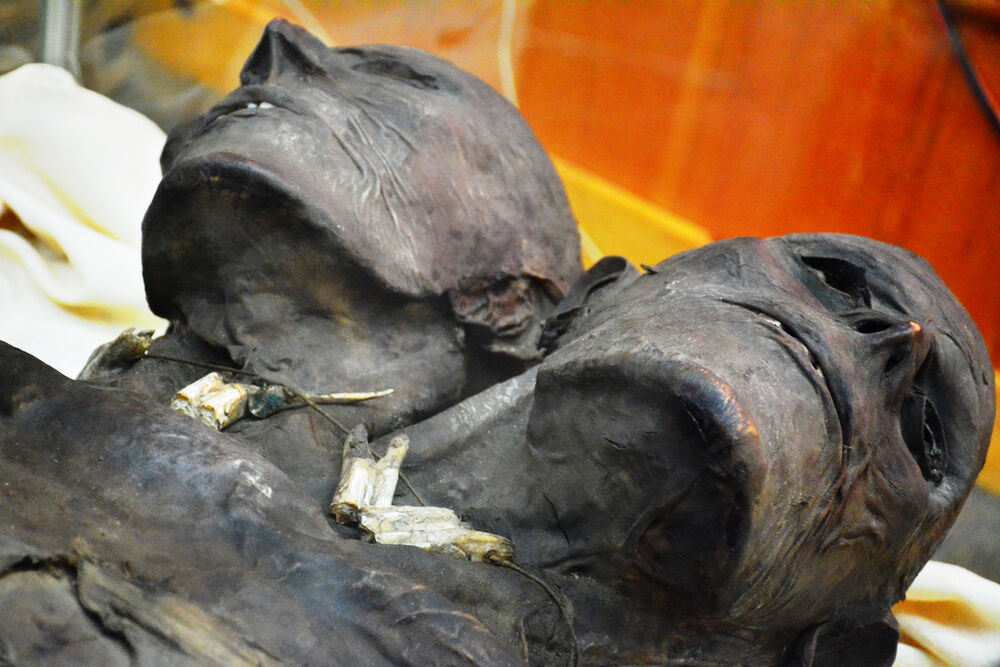

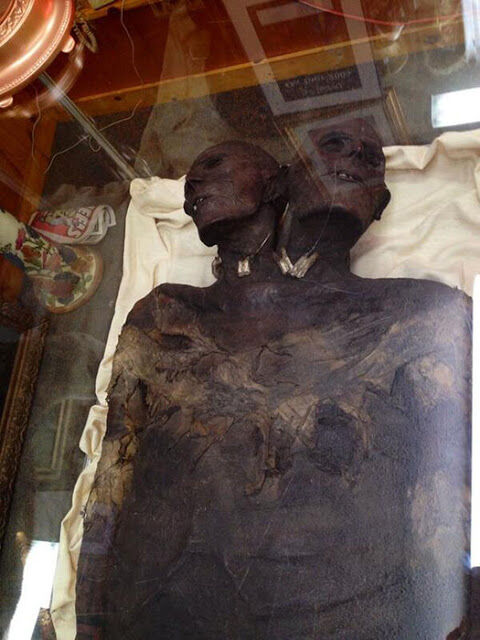


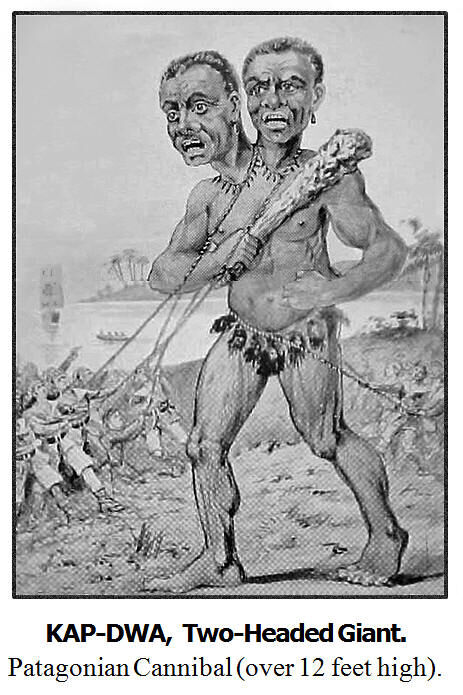

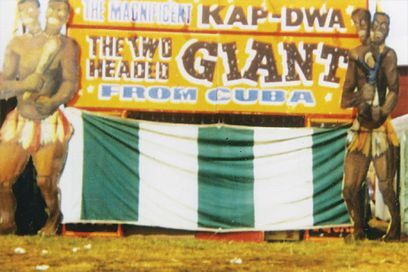
Kirahoa was said to have stood at twice the height of an average-sized man. He wielded an enormous taiaha—a traditional Māori close-quarters staff. His weapon was named “The First rays of Morning Light,” or Rangihaeata in the native tongue.There certainly seems to have been a veritable giant, a man of enormous stature and length of reach with the hand-weapons of those days, six generations ago. This Kiharoa, or “The Long Gasping Breath,” was a chief of the Ngati-Raukawa and Ngati-Whakatere tribes, who in those times owned the Tokanui hills and the surrounding fruitful slopes.
Though Kiharoa was a mighty man and struck fear into the hearts of those he faced, no one is invincible; Kiharoa would fall in battle at Whenuahou. A bad omen preceeded the giant’s death; as he was rushing down a hill, he slipped on some leaves and fell nearly breaking his taiaha.Kiharoa was tattooed on body as well as face, and when he leaped into battle, whirling “Rangihaeata” from side to side in guard and feint and cut, his blue-carved skin glistening with oil and red ochre, his great glaring eyes darting flame, his moko-scrolled features distorted with fury, few there were brave enough to face him.
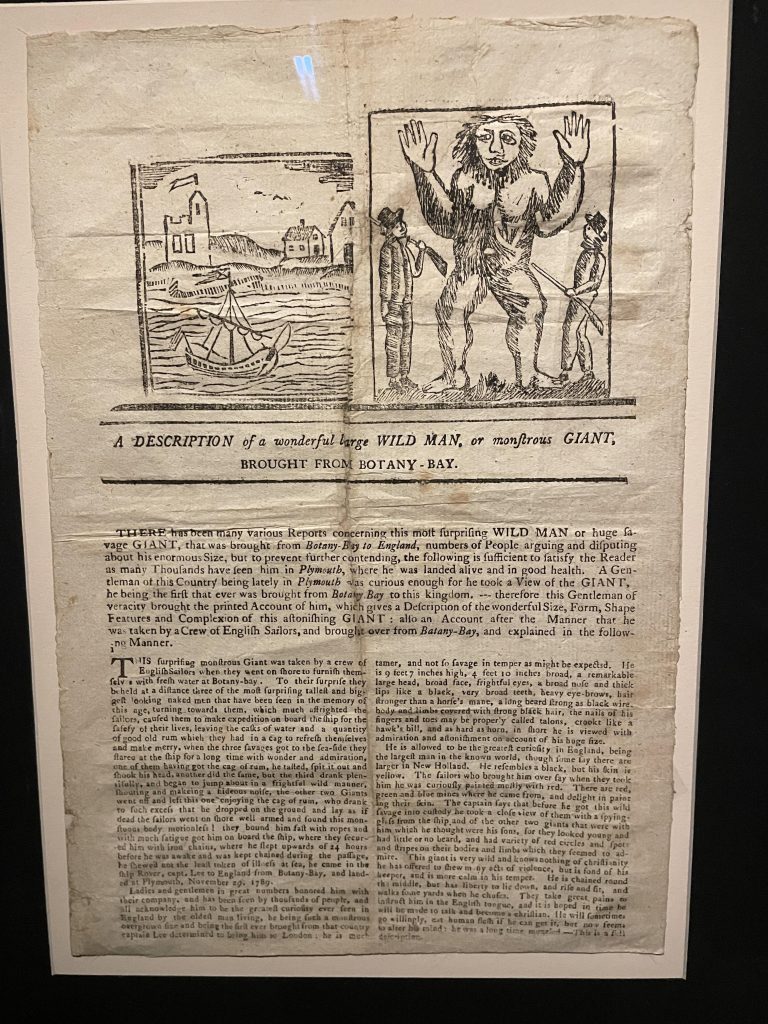 Report from 1789 Sydney Australia of a Giant that was captured. Article hangs in the state library and disqualified as “fake news” by the museum.
Report from 1789 Sydney Australia of a Giant that was captured. Article hangs in the state library and disqualified as “fake news” by the museum.